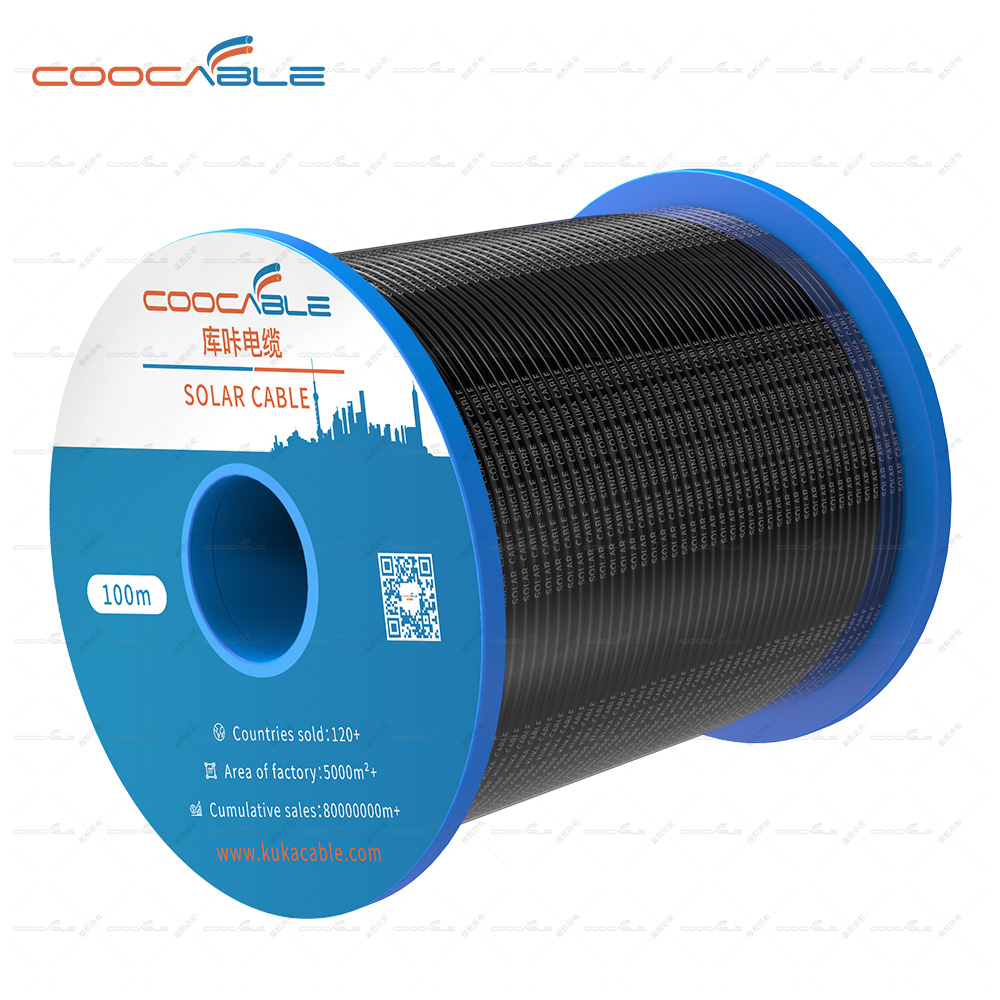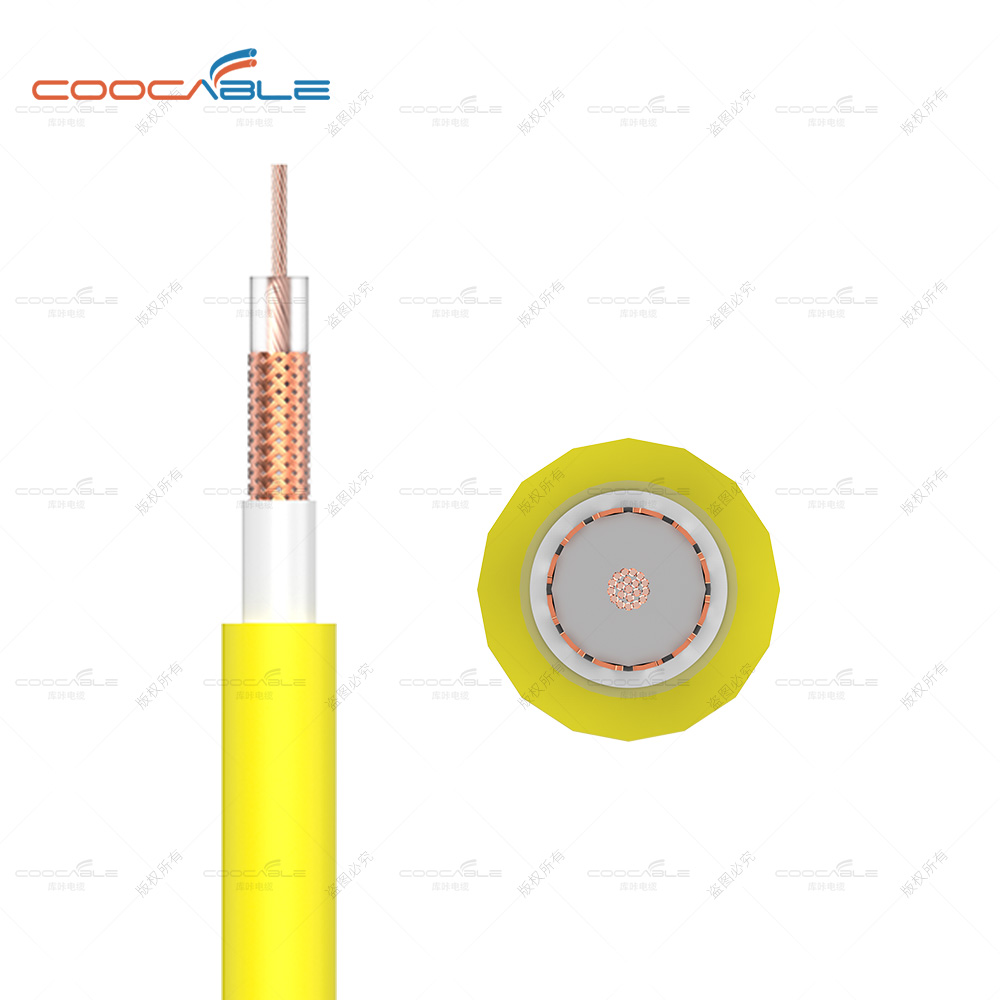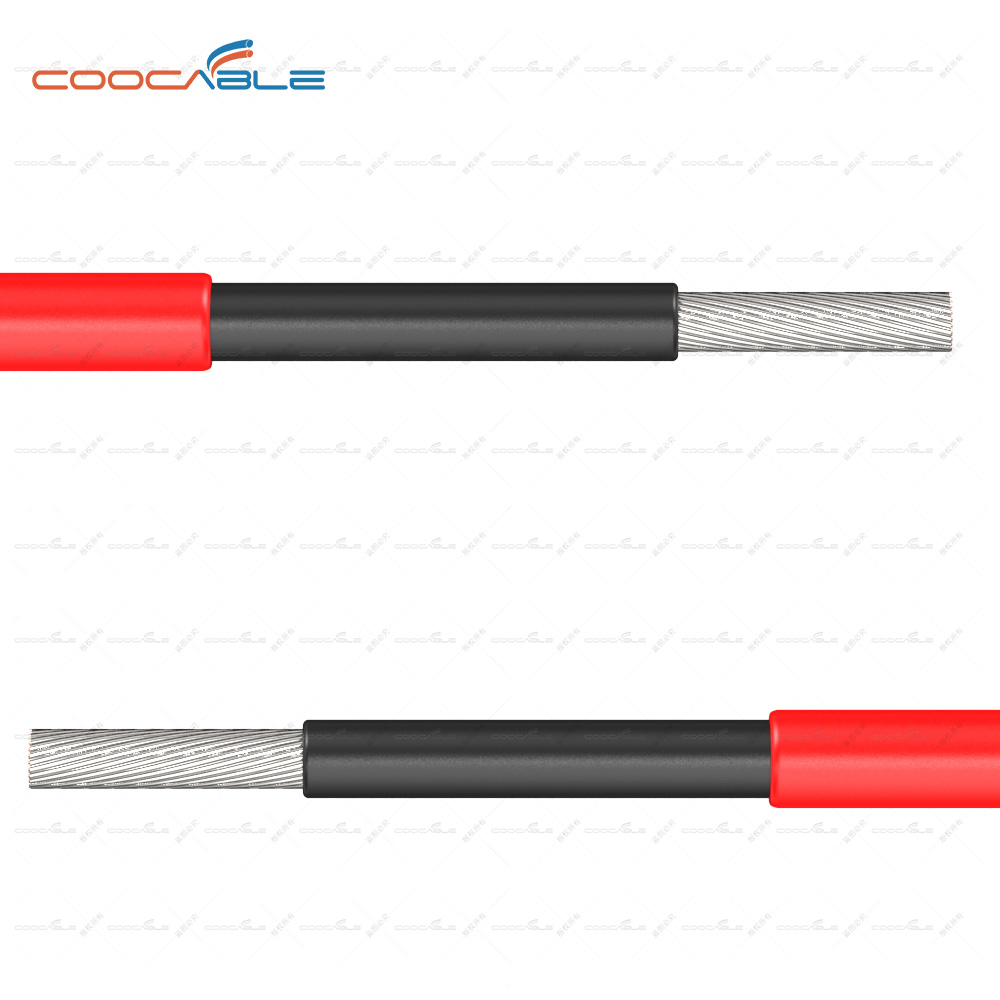The difference between DC Solar cables and AC solar cables
A solar photovoltaic cable consists of several wires. 4mm PV cable - the go-to choice for solar panels - consists of multiple wires that work together to transmit solar energy from the panel to the battery, inverter and connected devices and appliances. Most 4mm solar PV cables have 2-5 wires set in a protective sleeve. There are many types of solar photovoltaic cables, the most popular are DC photovoltaic cables, DC photovoltaic cables main photovoltaic cables and AC connection photovoltaic cables.
DC photovoltaic cable: There are two types of DC photovoltaic cables: string type and modular type. Both are compatible with solar panels and can connect a 4mm DC PV cable to the inverter by connecting the negative and positive leads. While 4mm PV cables are popular, 6mm and 2.5mm PV cables are also available. The size of the solar panel determines what photovoltaic cable should be used
The insulation provides protection for the wires, and they are color-coded for easy identification (blue for no charge, red for positive charge). String PV cables can be connected directly to the inverter, or through an AC connection, a DC combiner box or node string technology. Some solar panels have DC PV cables built into them.
Main DC PV Cables: These PV cables connect the negative and positive wires of the junction box to the inverter. 2mm, 4mm and 6mm PV cables are available in single or double conductors. Two-core PV cables are best suited for generator boxes and/or inverters. Single core ideal for various solar panel installations
AC Connect PV Cables AC Connect PV cables connect PV modules to the grid and safety mechanisms. The 5-conductor AC connection is designed for small photovoltaic systems connected to three-phase inverters.





